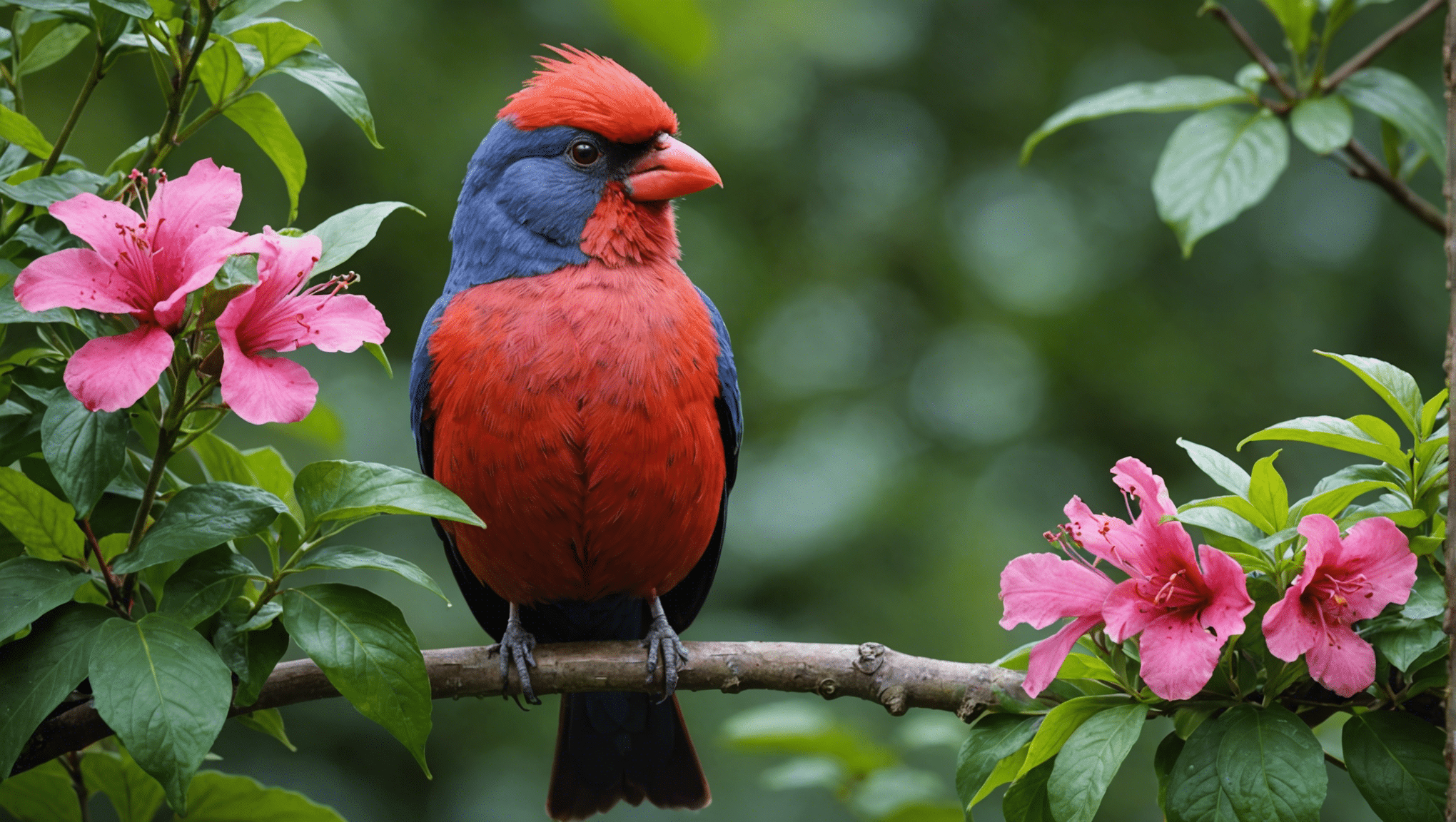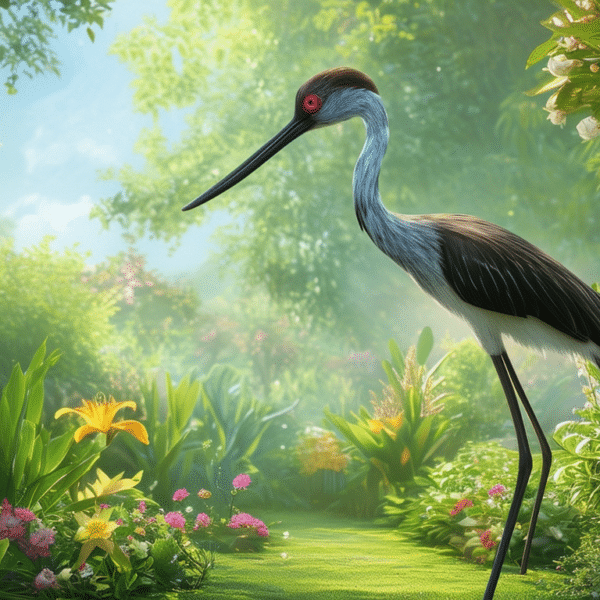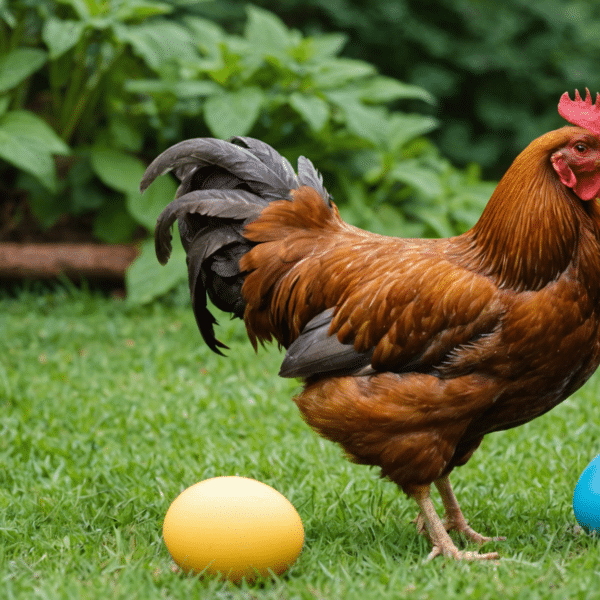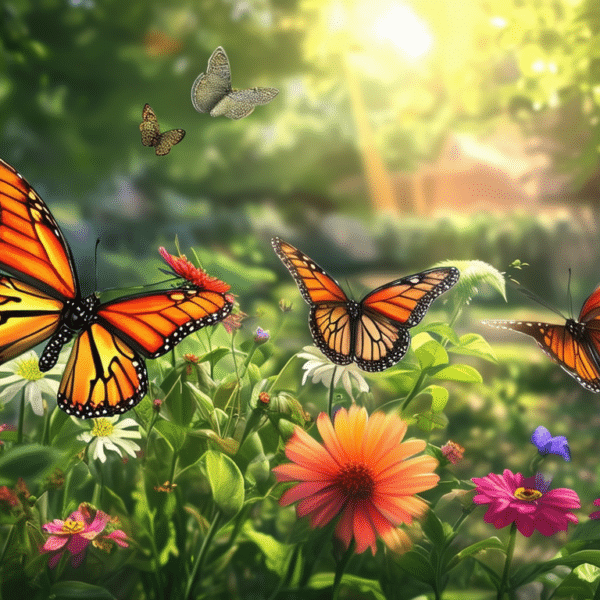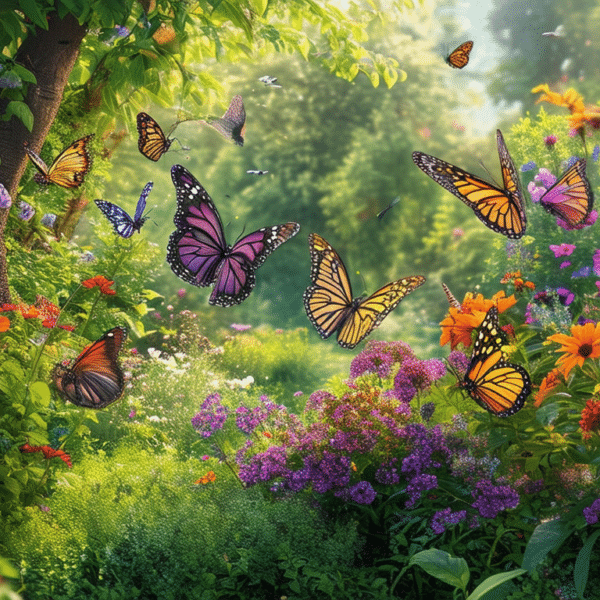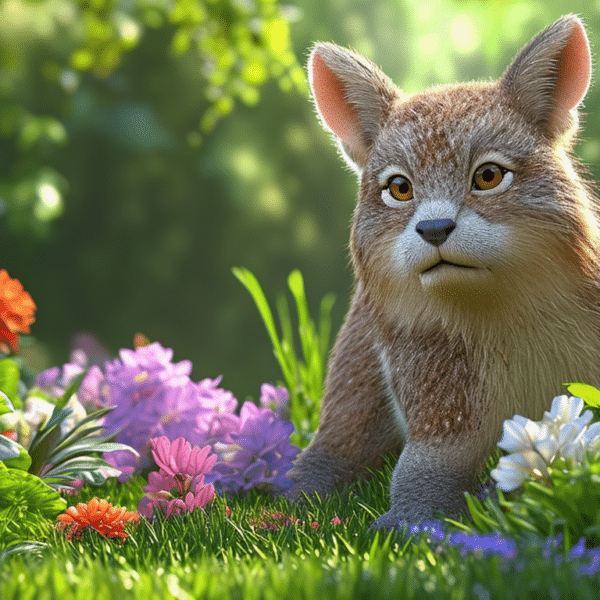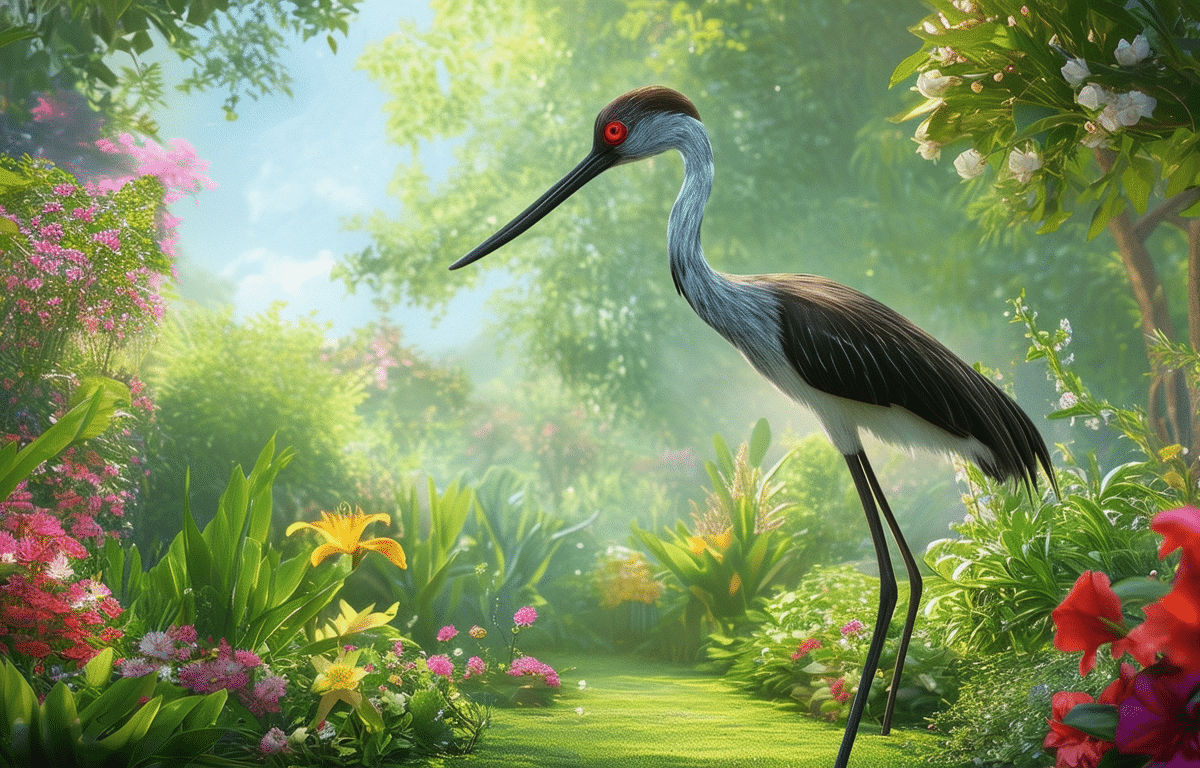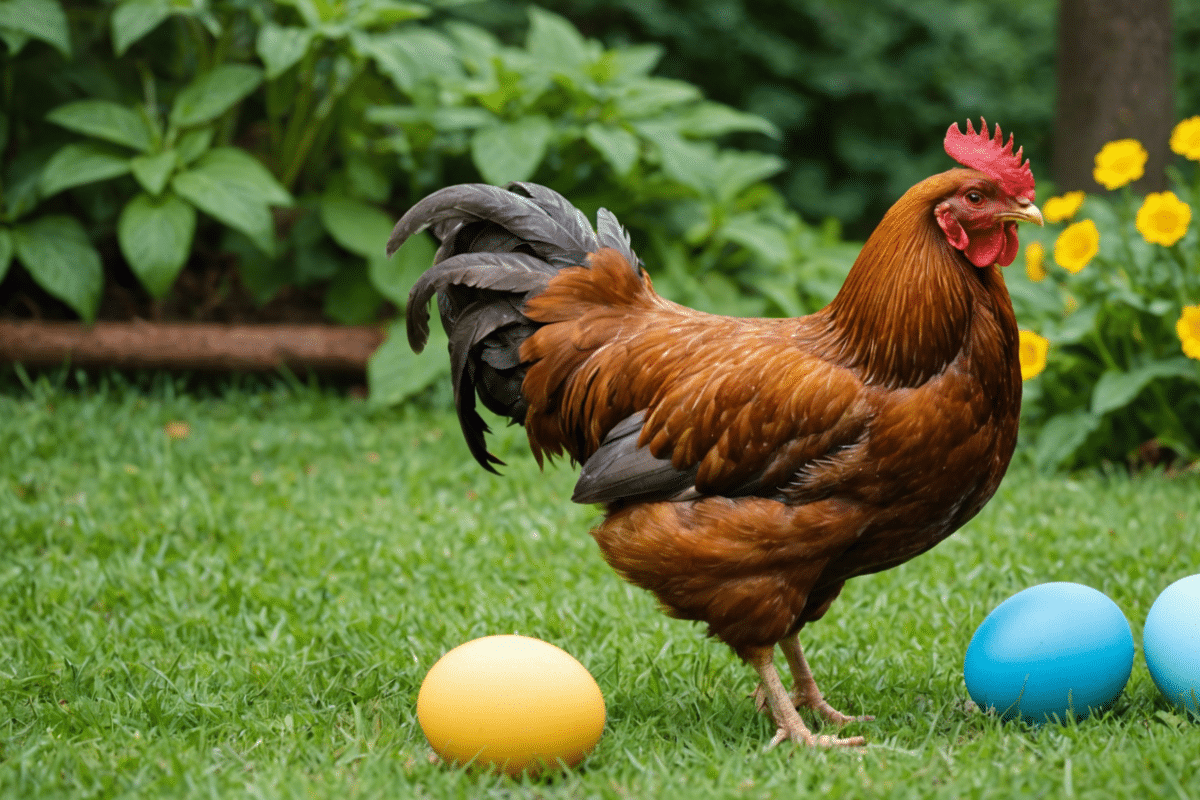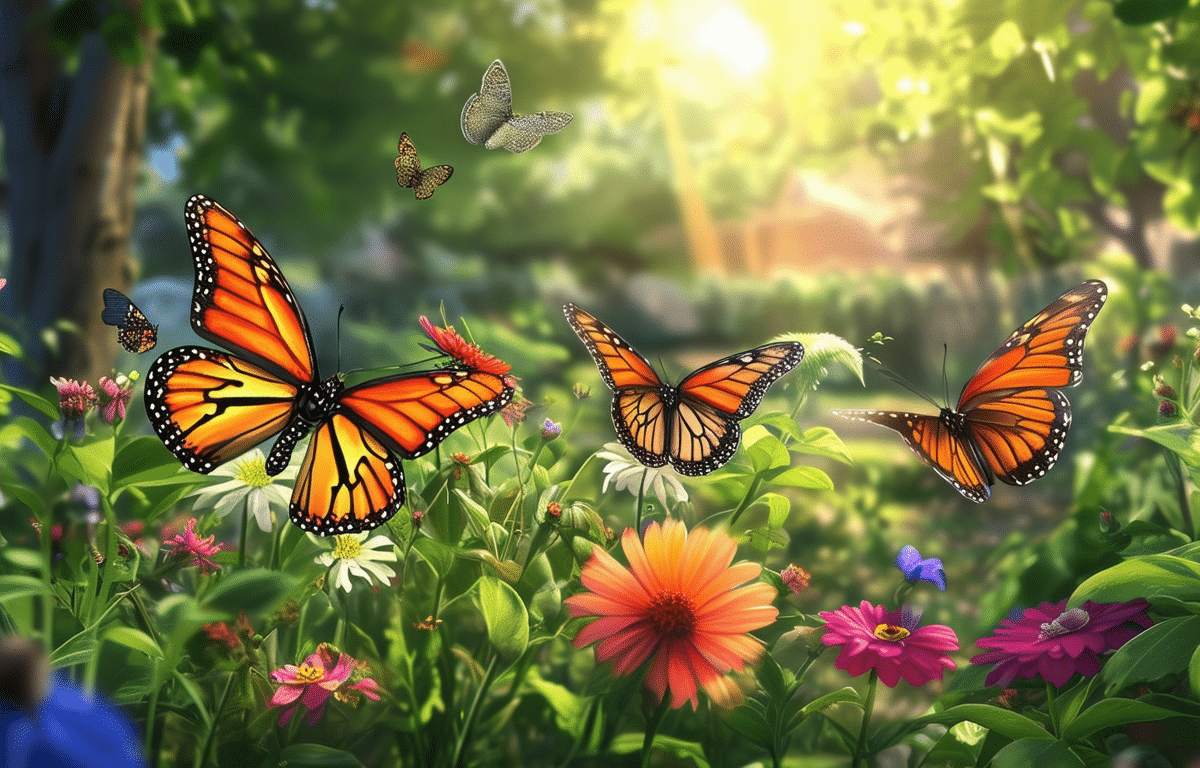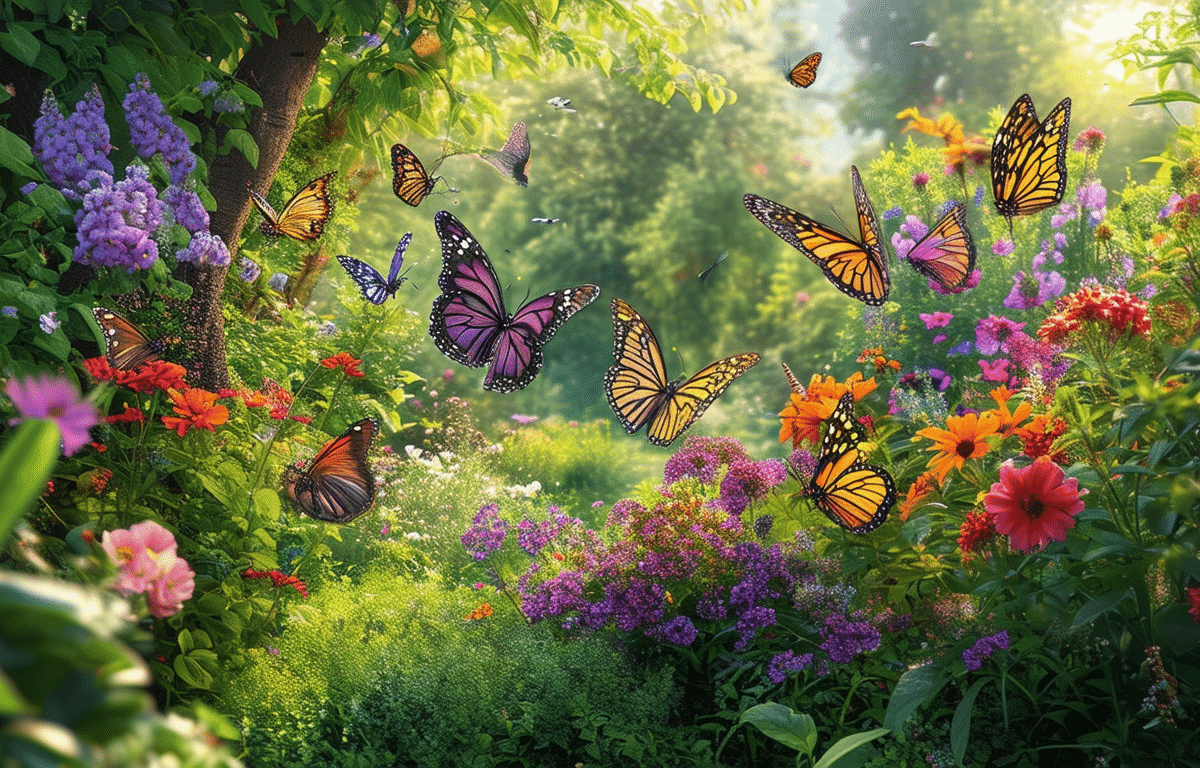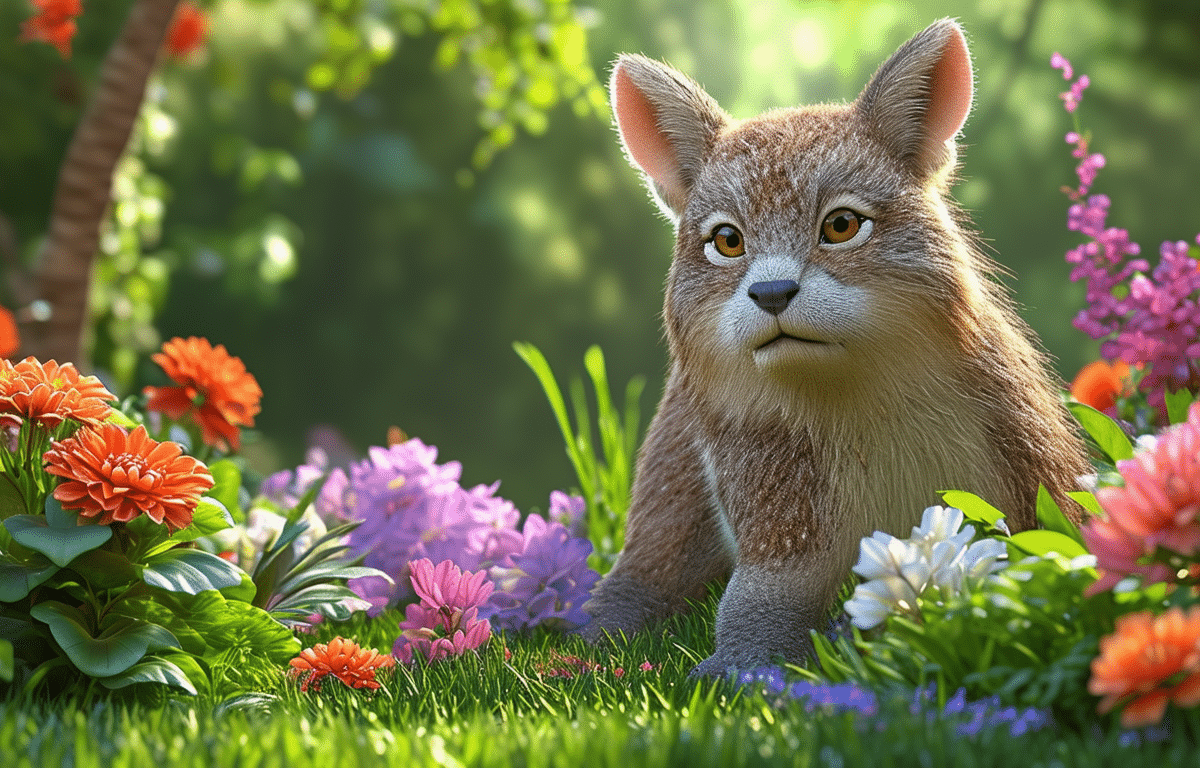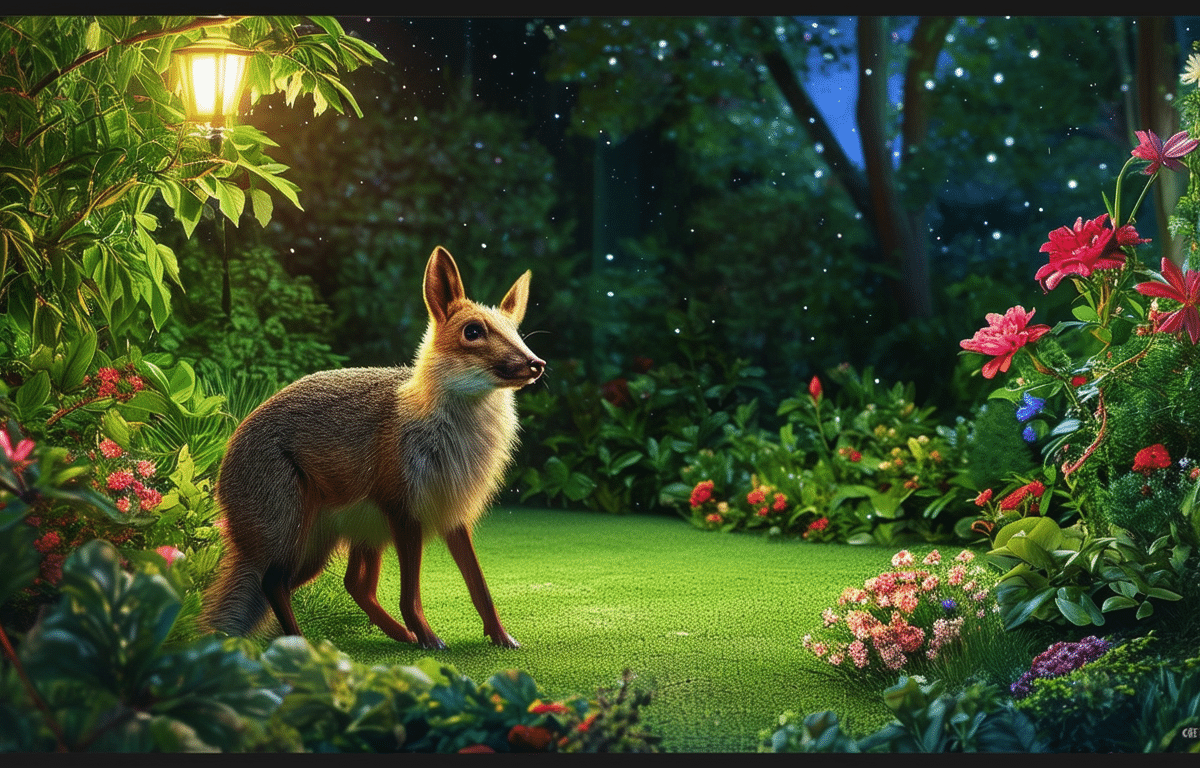Content
When wandering through the avian realm, one might come across a plethora of birds with varying degrees of what we traditionally label as beauty. Yet, what defines beauty within the bird world, and could it be that what we perceive as unattractive holds its own allure? This exploration delves into the intricacies of avian aesthetics and seeks to uncover whether the so-called ‘ugly birds’ might actually harbor a distinct form of beauty that enriches their existence and ours.
Challenging Beauty Standards in the Avian World
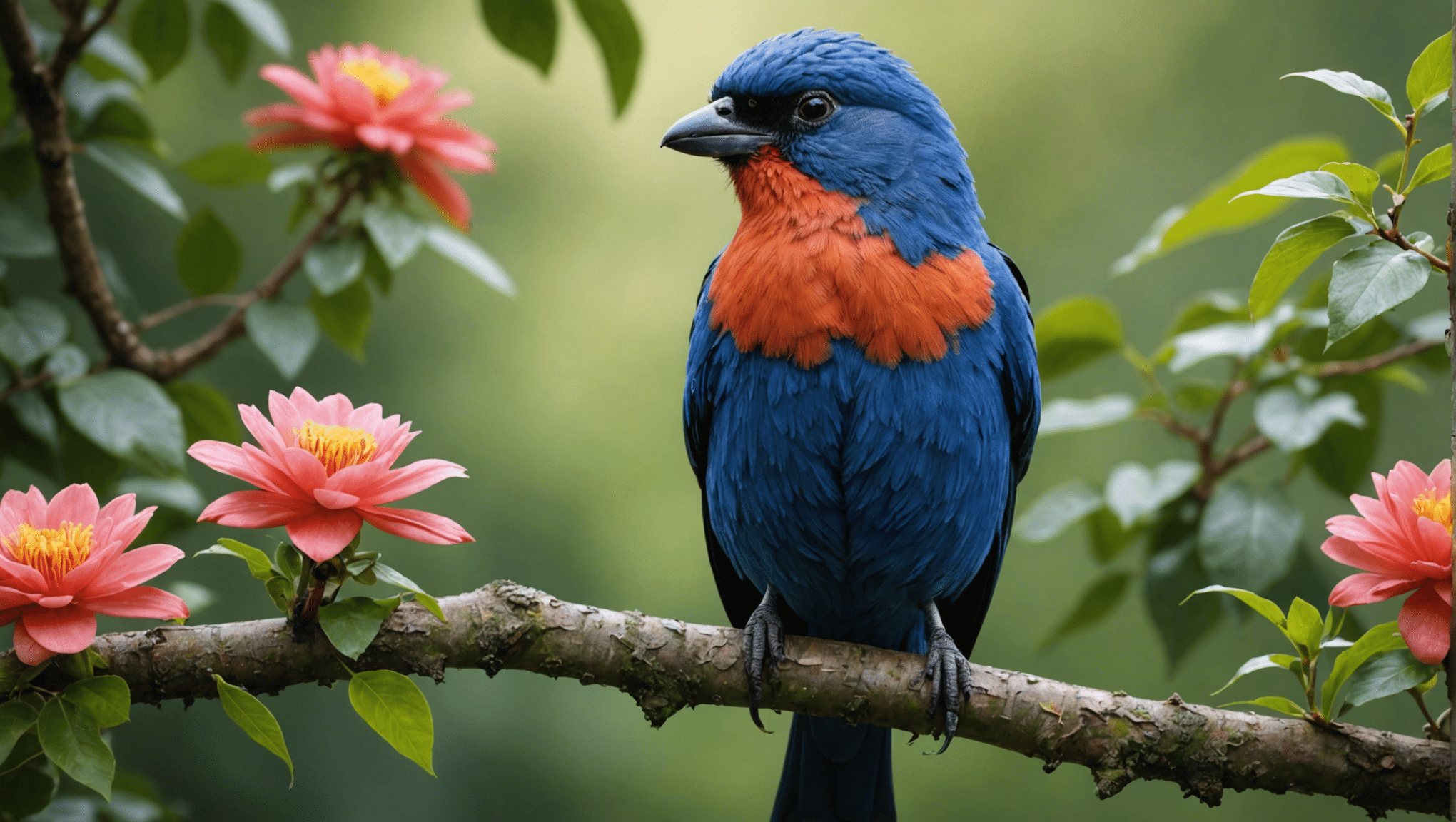
It’s a common belief that nature invariably favors the beautiful, with bright plumage and symmetrical features often associated with healthy genes. However, the reality is far more complex. In truth, beauty, even among birds, is in the eye of the beholder. What some may disregard as unsightly could, in fact, contribute to a species’ survival. Studies, such as those presented by New Scientist, suggest that sometimes it is the unique or unconventional traits that provide an edge over the more conventionally attractive.
The Elements of Avian Appeal
Before dismissing a bird as ‘ugly’, let’s consider the elements that contribute to avian appeal. Is it the vibrancy of the feathers, the elegance of their dance, or perhaps the melody of their song? A bird might feature an unusual color combination, as highlighted by CBS News Baltimore, which could initially strike one as unattractive. Yet, these same colors could be a distinct and eye-catching spectacle in their native habitat.
Valuing Diversity and Adaptation
There’s an inherent value in the wide array of physical adaptations seen in birds. Some avian species develop features that might seem peculiar or less than pretty by human standards, yet they serve an essential purpose. Whether it’s a vulture’s bald head necessitated for hygiene or the exaggerated beak of a kiwi for foraging, these are evolutionary marvels. What can we learn about the role that these distinctive features play in birds’ lives and ecosystems?
Ugliness as an Evolutionary Advantage
What we perceive as ugliness in some birds might actually be a reflection of their evolutionarily developed strengths. The link between less attractive features and survival benefits is well-documented, with some species using their unconventional looks as camouflage or to deter predators.
- Distinct markings can break up the outline of a bird, making it harder for predators to spot.
- Unusual sounds or behaviors associated with ‘ugly’ birds can be effective forms of communication within their species.
- Mating rituals of ‘ugly’ birds often reveal complex and fascinating aspects of their nature.
These are just a few examples of how beauty is far from skin deep in the bird world and how it often masks a far greater, functional allure.
Perception and Appreciation of Beauty
The appreciation of beauty is a subjective experience and one that is culturally influenced. In some cases, what is considered unappealing today might have been revered in other times and cultures. We can broaden our understanding and appreciation of diversity by celebrating birds of all shapes and sizes. A dive into works, like the photographic collections shown on Radar Online, reveal how perspectives on beauty can be altered and strangely compelling when we adjust our mindset.
Frequently Asked Questions
Are ‘ugly’ birds treated differently by their peers? Much like in humans, physical appearance can affect social dynamics in the bird world, but it’s not the sole factor. Birds typically use a variety of signals, including plumage, but also behavior and song to interact with one another.
Can an ‘ugly’ bird be a sign of a healthy ecosystem? Yes, often a bird that is specialized—and might appear ‘ugly’ to us—is an integral part of its ecosystem, indicating a diverse and healthy environment.
Our own perceptions surrounding aesthetic value are ever-evolving. As we come to understand and appreciate the vast array of avian forms, perhaps the line between what we consider beautiful and ugly diminishes. By shifting our focus from a narrow definition of attractiveness to a broader celebration of diversity and functionality, we can begin to appreciate the unique beauty inherent in all birds, regardless of our initial impressions.

